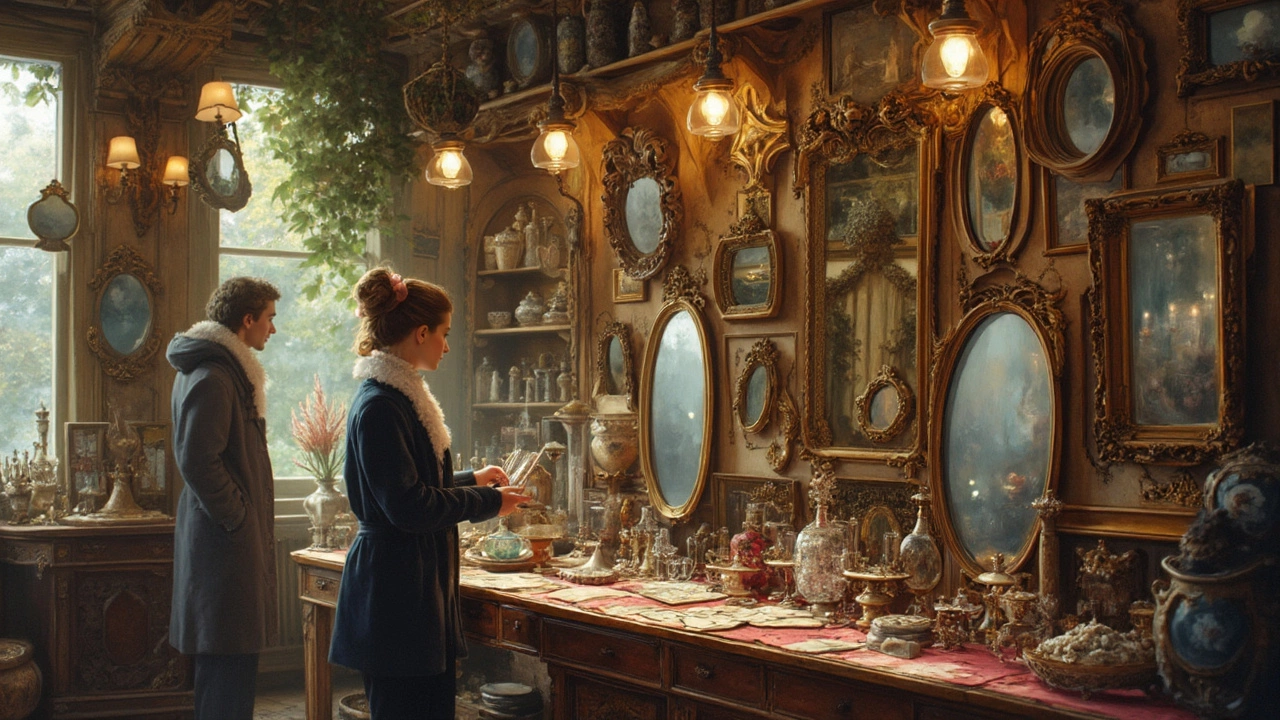Mirror Shopping Made Simple: Choose the Right Mirror for Your Home
Looking for a new mirror can feel overwhelming, but it doesn’t have to be. Whether you need a bathroom vanity, a full‑length dressing mirror, or a decorative wall piece, the key is to match the mirror to the space and your needs. In this guide we’ll walk through the basics – size, style, eco‑friendly materials, and magnification – so you can pick a mirror that works and feels right.
Pick the Right Size and Shape
Start by measuring the wall or vanity where the mirror will go. A good rule of thumb is to leave about 6‑8 inches of space on each side for a balanced look. For a full‑length mirror, aim for a height of at least 150 cm so you can see your whole outfit. If you’re working with a small bathroom, a tall narrow mirror can add the illusion of height without taking up much floor space.
Shape matters too. Round mirrors soften sharp corners, while rectangular or square mirrors give a sleek, modern feel. Think about the room’s existing lines – a round mirror above a sink can break up a boxy layout, while a rectangular mirror can echo the shape of a window.
Eco‑Friendly Choices and Mirror Types
Eco‑friendly mirrors are usually made from recycled glass or low‑lead backing. Look for certifications like Cradle‑to‑Cradle or products that mention recycled content. These mirrors not only reduce waste but often use less energy in production.
When it comes to mirror type, you’ll see terms like “true mirror,” “glass mirror,” and “acrylic mirror.” A true mirror reflects light without distortion, but it can cost more because of the extra polishing. Acrylic mirrors are lighter and shatter‑resistant, great for kids’ rooms, but they may look slightly hazier. Decide if you need flawless reflection for makeup or grooming, or if a cheaper acrylic will do for a hallway.
Magnification is another factor, especially for makeup, shaving, or detail work. A 1x mirror shows a natural view, while 5x or 10x mirrors give a close‑up. Many vanity sets combine a 1x mirror with a 5x side mirror – a practical combo that saves space and money.
Don’t forget mounting options. Wall‑mounted mirrors free up floor space, but a freestanding full‑length mirror can be moved easily if you rearrange furniture. If you choose wall mounting, use eco‑friendly hardware like stainless‑steel brackets or reclaimed wood supports.
Finally, think about lighting. A mirror placed near a natural light source will look brighter and more inviting. For bathroom mirrors, consider adding LED backlighting. LED strips use little energy and can be sourced from brands that focus on sustainable manufacturing.
Putting these pieces together – size, shape, eco‑material, type, magnification, and lighting – helps you shop with confidence. You’ll end up with a mirror that fits the room, looks good, and aligns with an eco‑friendly lifestyle.
Now you’re ready to browse online or visit a local store. Keep this checklist in hand, compare a few options, and choose the one that checks the most boxes. Happy mirror hunting!
-

How to Spot a Quality Mirror
Shopping for a mirror might sound simple, yet picking a quality one is an art. Before you just pick one with a fancy frame, consider its craftsmanship. From materials to reflection clarity, a good mirror has distinct traits. Dive into practical tips and secrets to identify a mirror that not only looks good but lasts long.
